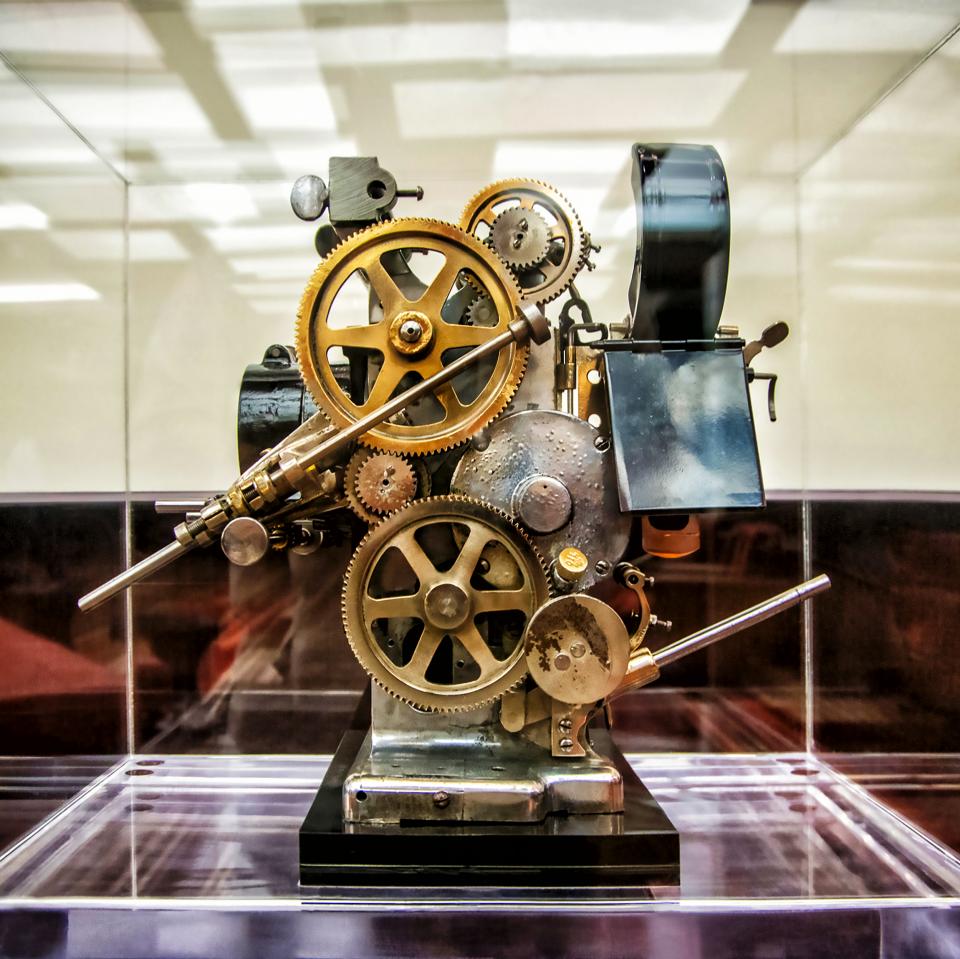
#Which timepiece has the most moving parts manual
An automatic movement watch has a metal weight known as a rotor, and it is always added to the manual parts because it has the ability to rotate freely and independently and this rotor is directly connected to the movement of the watch.

The internal mechanism of an automatic movement watch is similar to that of a mechanical movement watch. Watches with automatic movements can also be manually wound when not worn or if the motion of the user’s wrist is not enough to keep the watch active or wound so as to keep it running. This type of watch movement controls itself without any special intervention by the user. The spring must be rewound by the user periodically through whirling the watch crown.Īutomatic movement has the ability to rewind the mainspring of a mechanical movement through the natural motion of its user’s body. Traditional mechanical watch movement functions with a power source known as the mainspring. Apart from the absence of a batter, a closer inspection shows something extra, an additional emotion that has caught the attention of the elegance of most horologist. But due to its complexity of tourbillons, they are expensive, and can only be found in luxurious watches. The tourbillon is a part of mechanical movements, which rotates in the frame of the escapement, it is used to control the effects of gravitational bias of timekeeping. Mechanical movement watches also makes use of a hairspring which helps it control the motion of the watch’s gear system in a manner that is equivalent to the pendulum of a pendulum clock.

Mechanical movement functions with the assistance of an escapement mechanism which helps it to control and manage the winding and unwinding parts of a particular spring, converting a simple unwinding into a measured and periodic energy release. But there’s another way to think about difficult choices, one that opens up unexpected possibilities.

These situations often feel like either/or choices. We all face tough decisions in life, whether we’re juggling the demands of work and family or deciding whether to take a new job. Useful information next time you remember that cringey thing you said in a meeting.Įither/or. “The findings run counter to the idea that suppressed memories lurk in the subconscious,” reported Scientific American writer Ingrid Wickelgren. Also, the patterns of brain activity that once represented those memories had, in some cases, become unrecognizable. "As predicted, this process rendered the memories less vivid.” the study reported. Then they asked people to practice suppressing their associations and monitored their brain activity using fMRI. In a study, scientists had a group of people learn to associate neutral clues with photos of what they called “aversive scenes”: accidents, injuries, and disasters. We think of suppression as a bad thing, but it might make upsetting memories feel less painful.

The study suggests this mismatch “may be due to hormonal and anatomical changes that happen in the brain as we age naturally.” The good news is, we also get happier as we get older. Older adults were 13% worse at picking up on disgust in voices and 5% worse at detecting anger. This happened with negative emotions, too. The latter group was 17% better at detecting happiness. Older adults (those over the age of 65) had a harder time with this than younger volunteers in their 20s. The study asked a group of volunteers if they could correctly identify happiness from someone else’s voice patterns. We all know we change as we get older, but how so? One study suggests that we may become less empathetic – or at least, less attuned to emotions.


 0 kommentar(er)
0 kommentar(er)
